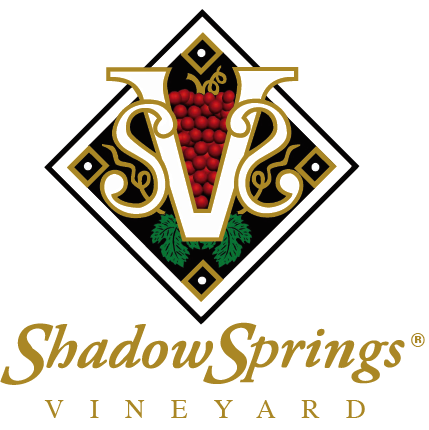November 2021
Barrel it Down 🛢
Now that our wine is made, its time to bring on the barrels! Reds are traditionally aged in oak barrels to give the wine more structure and smooth out any harsh tannins imparted from the seeds and skins. However, that’s not to say that oak aging is strictly necessary, many excellent red wines spend no time at all in oak or are placed in older, more mellowed barrels.
We typically age our reds for 18 to 24 months, and before we start filling, each wine lot is prescribed a certain mixture of new and old oak to match its character. As you may expect, the oak staves within a freshly produced barrel will have a greater impact on the wine inside than those of a barrel that has been used across many vintages before. It is important to keep this in mind and barrel-down strategically in order to avoid overpowering lighter-bodied reds with too much oak.
To supplement our collection of seasoned and brand-new oak, we like to buy once-used barrels from large wineries in California. This year, we bought a load from Napa’s iconic “Opus One Winery”. Obviously, a barrel is a barrel, but it’s fun for us to know that we are working with famous barrels 😆. Here’s something you may not know about empty barrels - before we fill them with wine, we must first “hydrate” them by drenching each with hot water. This water and the accompanying steam causes all the individual staves comprising the barrel to swell up, plugging any small leaks that may have developed while the barrel sat empty.
Leaves Leave 🍁
Once November rolls around, we start to see the leaves change color on trees all around us, and the vineyard is no different. While most grapevine leaves turn from lush green to a less-than-beautiful brown color, some varietals such as Chambourcin show a beautiful amber shade this time of year.
In the latter part of the summer, the grapevine shifts its focus from pumping sugar into berries to storing carbohydrate energy within its root system. The vine loses its leaves and goes dormant for the winter, and when spring finally rolls around, it uses that stored energy to push new growth: buds, then shoots, then leaves, and finally grape berries.
Like those of a tree, grapevine root systems are extensive, spreading out below the rows where we walk and drive our equipment. These large root systems and the energy they store for the plant throughout the winter hibernation allows grapevines to live for 20, 30+ years if pest and disease pressure are kept at bay. Pretty impressive!
‘17 Meritage Best of Show 🏆
We’re very excited to announce that the Shadow Springs ‘17 Meritage has won best of show at the NC State Fair wine competition. This wine was chosen as the very best among a group of more than 200 North Carolina wines submitted. Meritage has always been one of our favorite wines at Shadow Springs, and we are happy to see it receive such high praise.
“Meritage” is the American equivalent of the French “Bordeaux” wine. It is, by definition, a blend of several French Bordeaux winegrapes. For our Meritage, we use Merlot, Cabernet Franc, Cabernet Sauvignon, and Petit Verdot, all of which are grown at Shadow Springs.
Fun fact, many people mispronounce Meritage as “Meri-todge”, giving the word a French feel. This makes sense given the composition of Meritage, but the word is an American construction. In fact, a group called “The Meritage Alliance” actually owns the trademark for the word and collects a royalty from any winery using “Meritage” on its label. The Alliance claims that the term “Meritage” was invented by combining “Merit” and “Heritage” to reflect the high quality of the blend and its deep roots in French winemaking. Therefore, “Meritage” is pronounced to rhyme with “Heritage”.
If all this Meritage talk has inspired you to try a bottle for yourself, you can order ours online at the link below, cheers!



